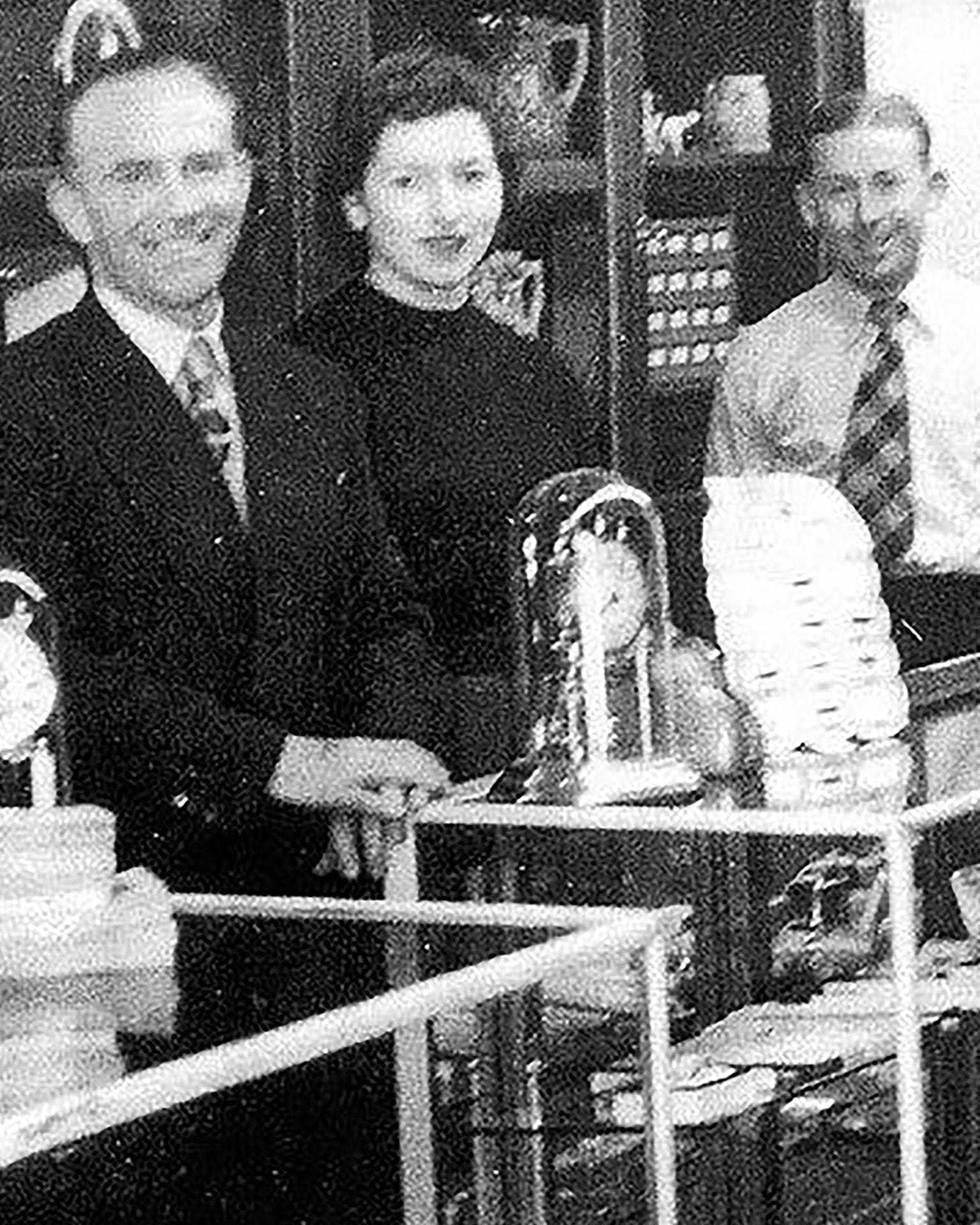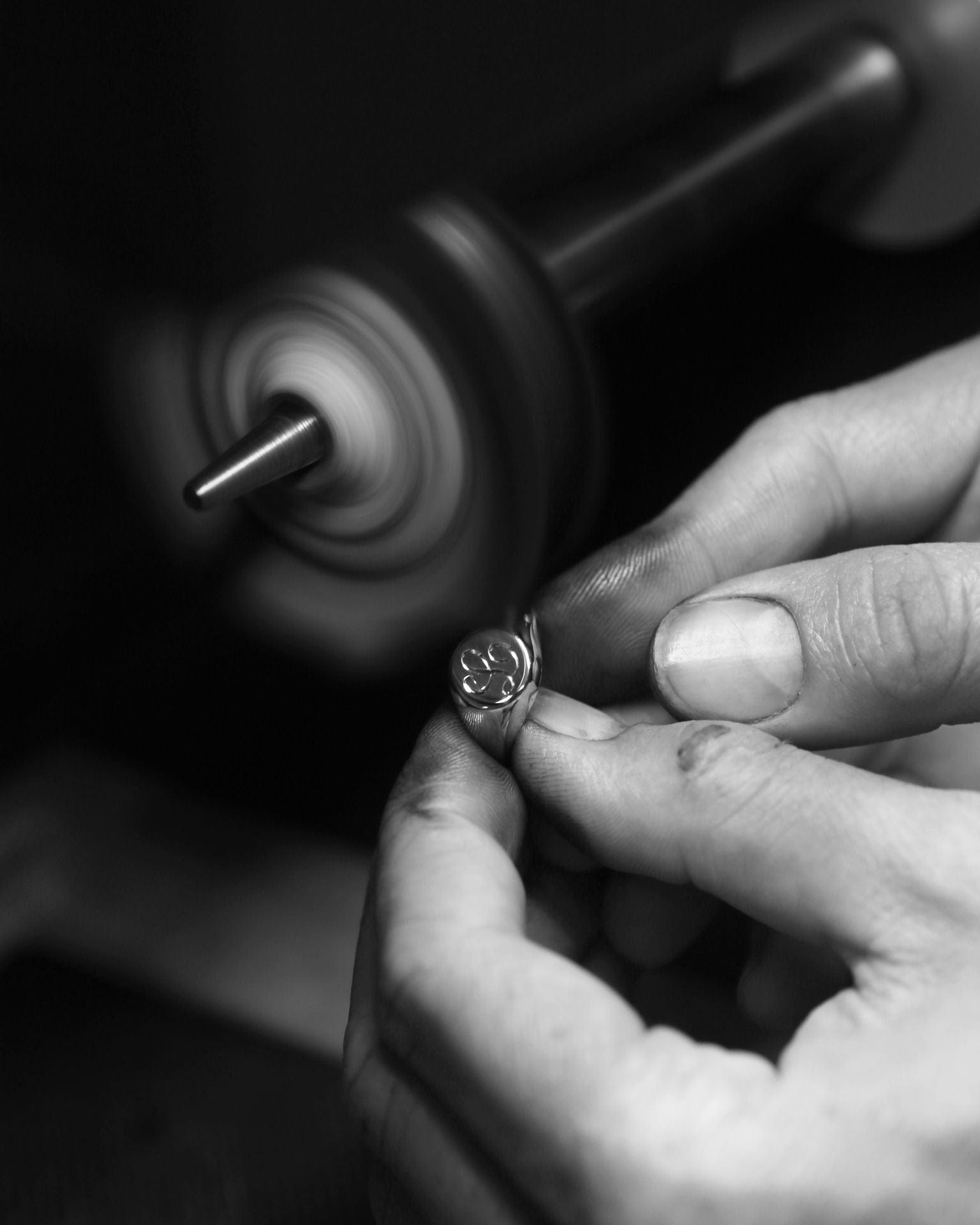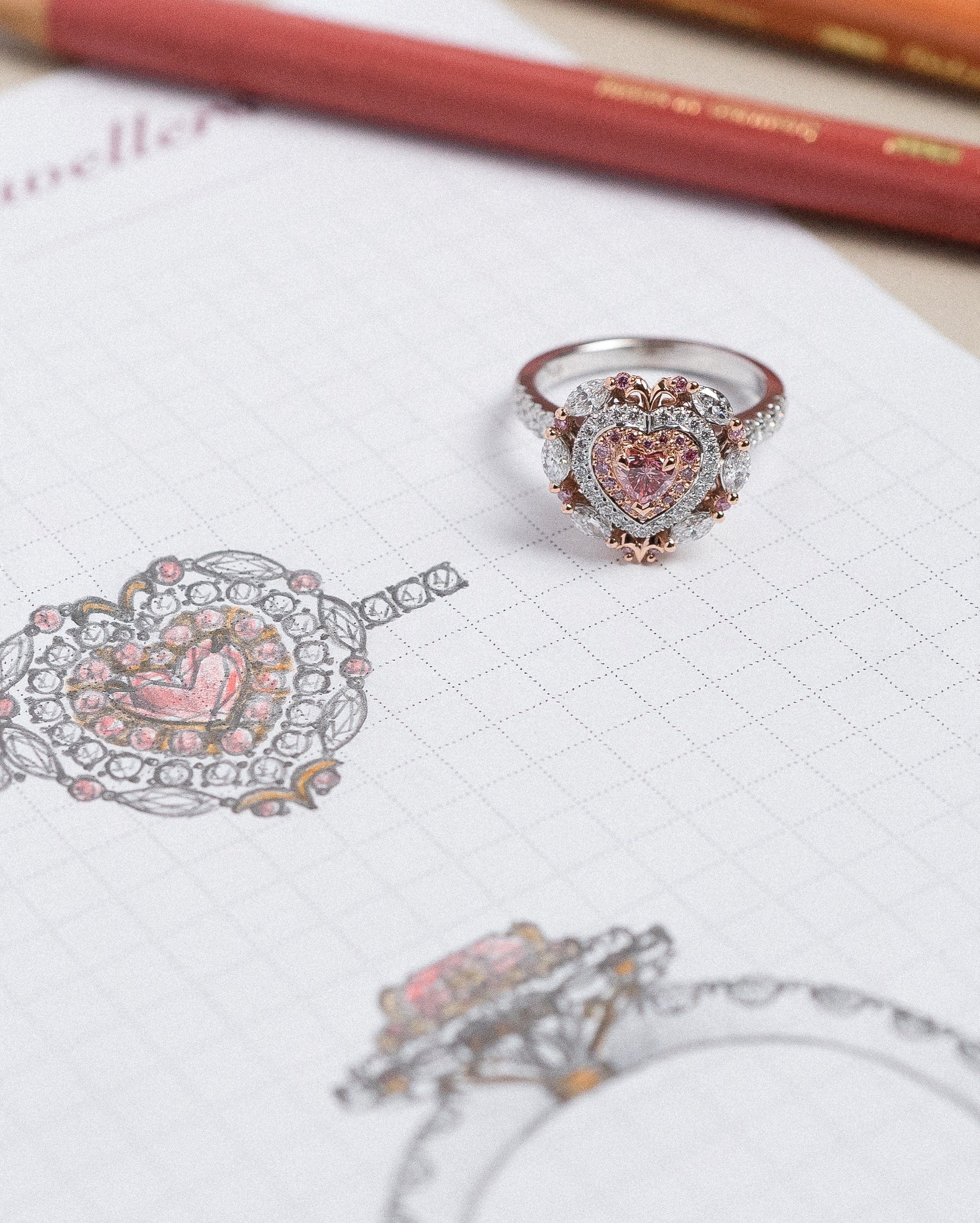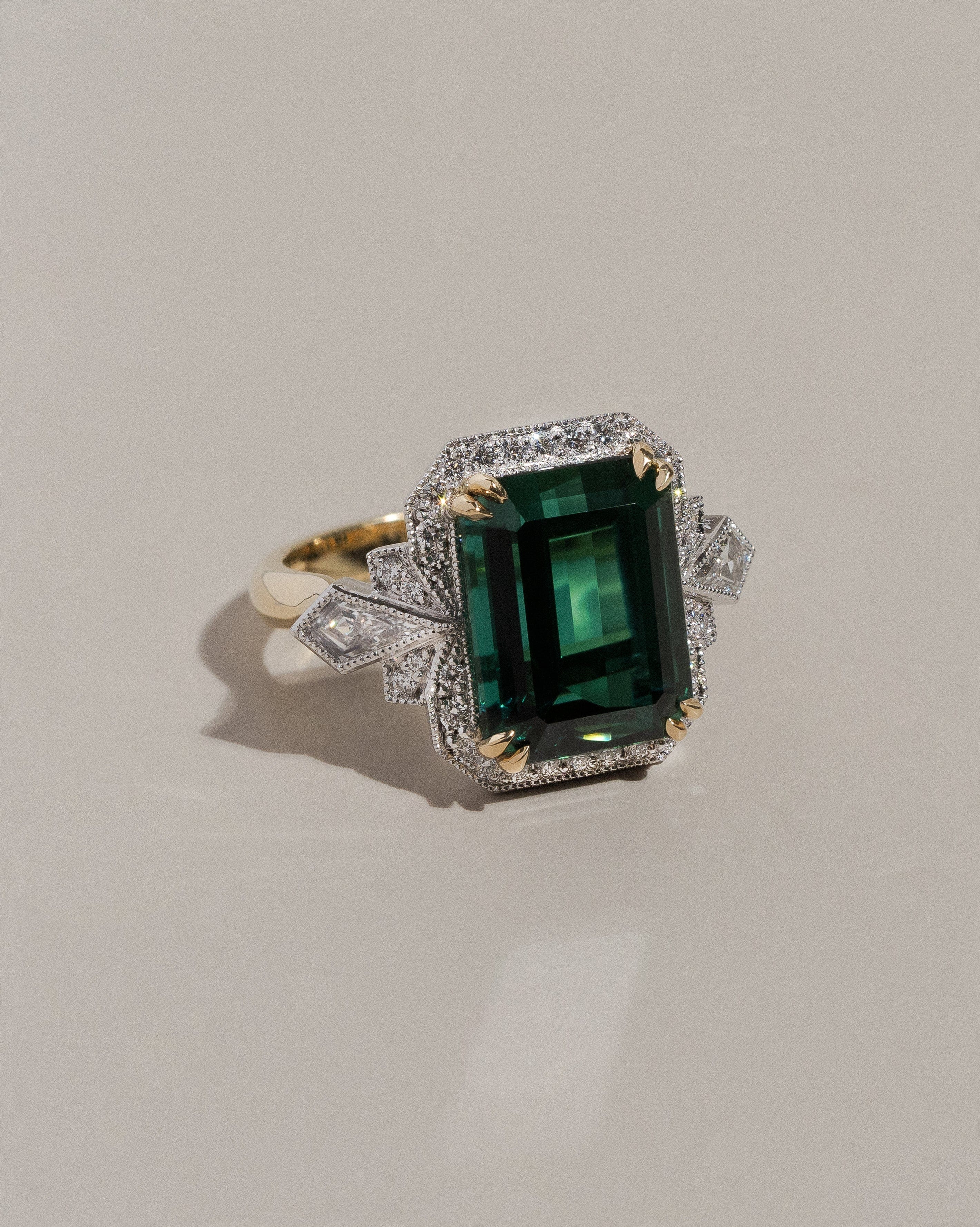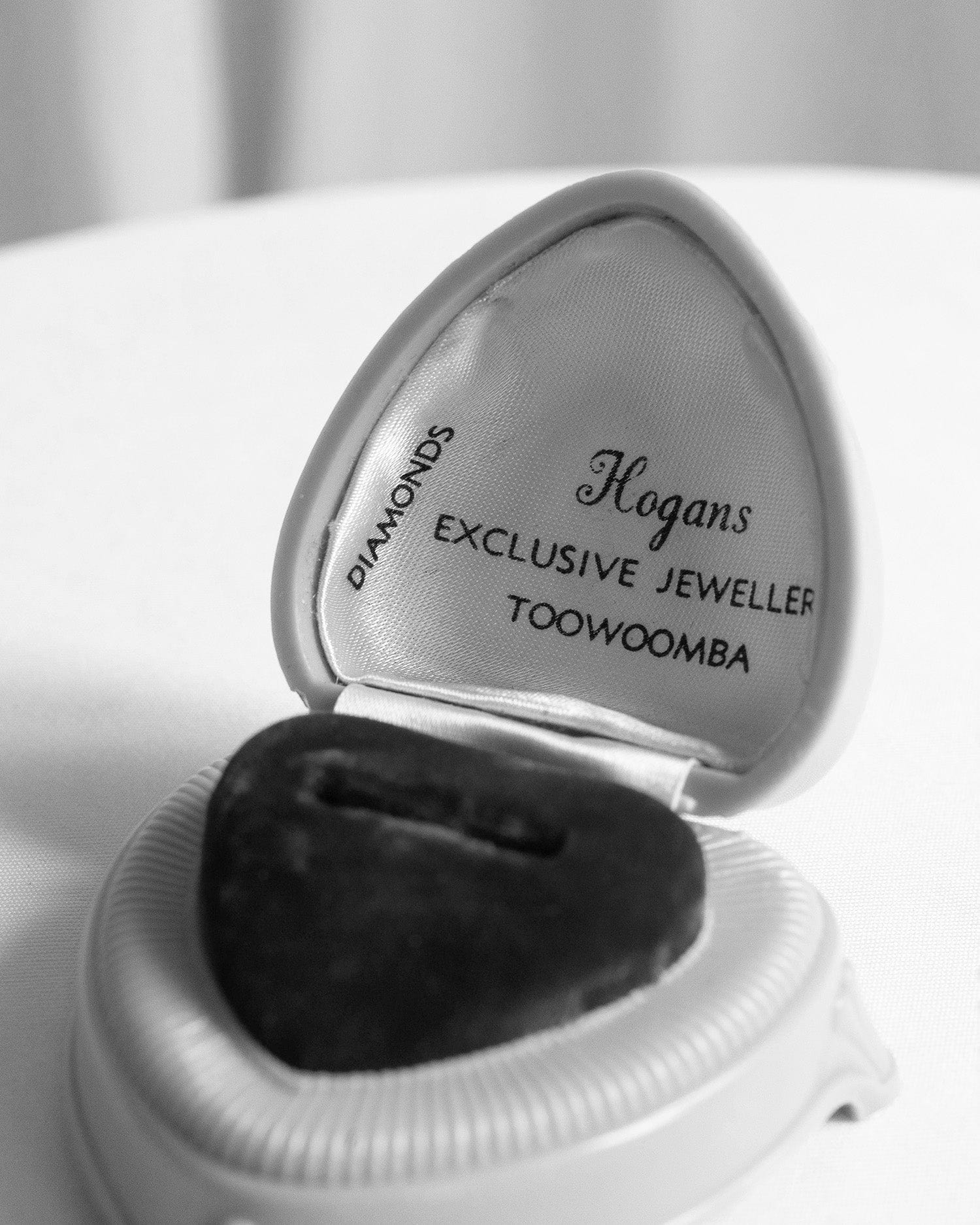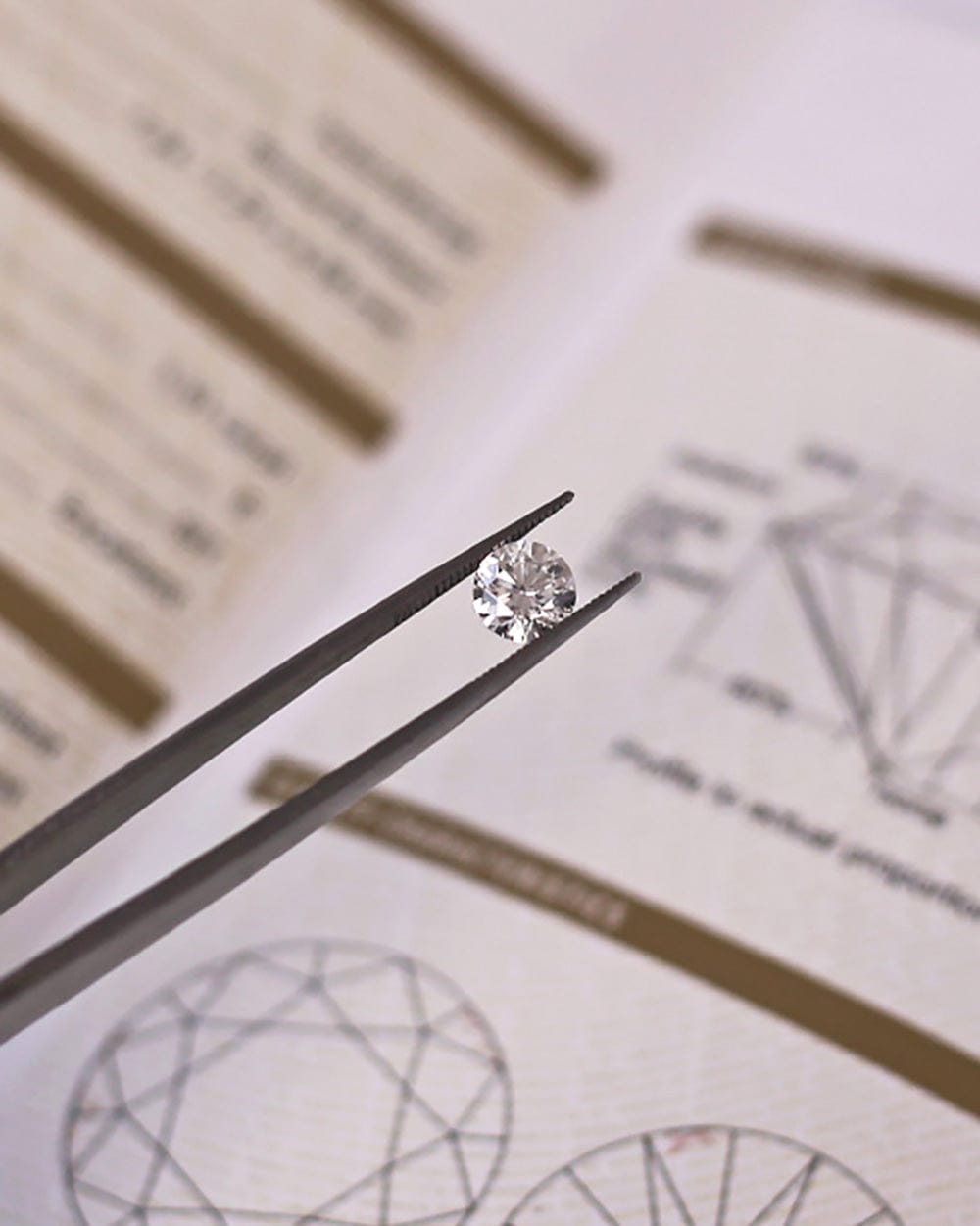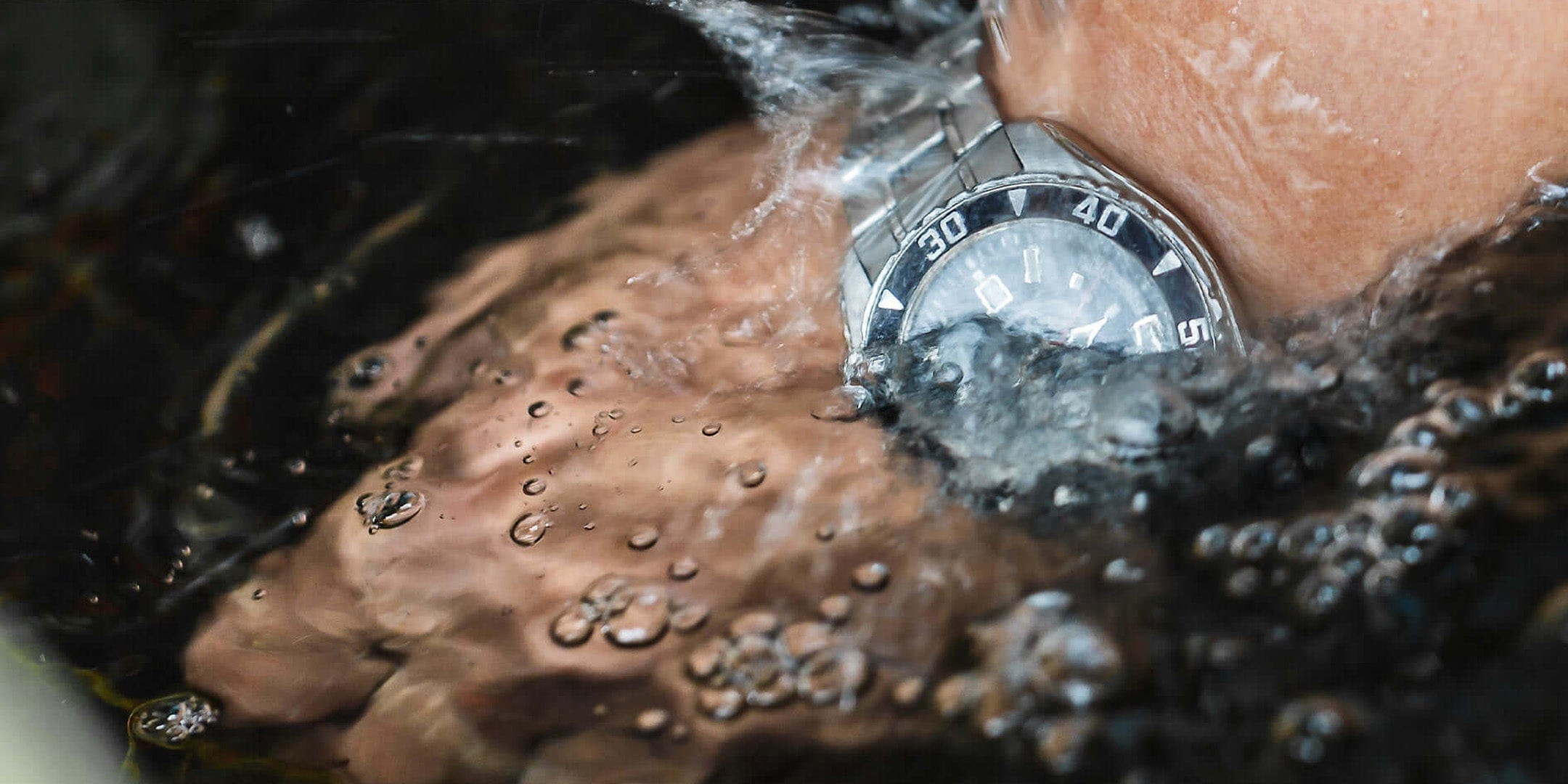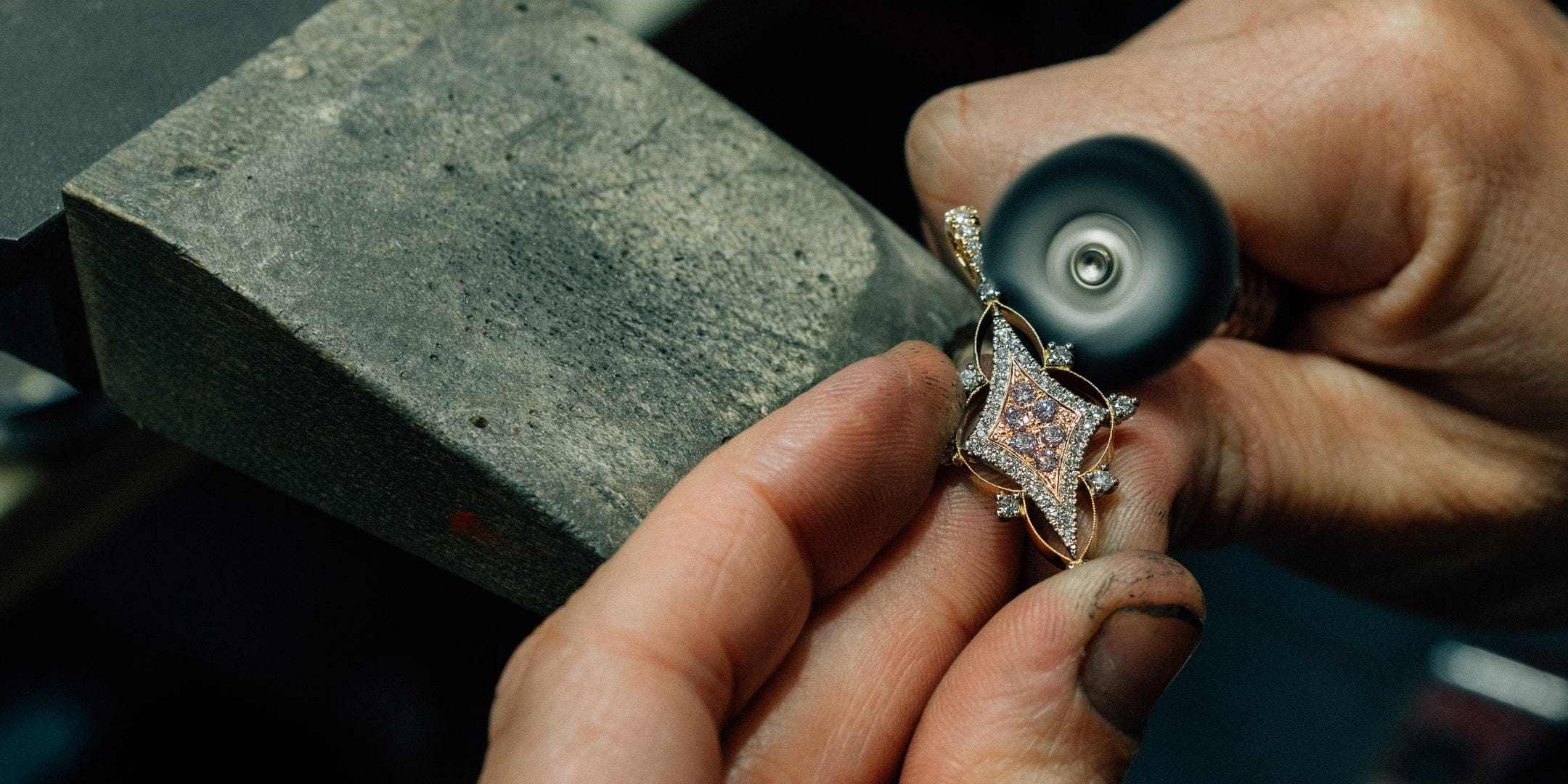Watches are intricate instruments that combine craftsmanship, technology, and design. Among the various factors that impact the performance and durability of a watch, atmospheric pressure plays a crucial role, especially for those designed for specific environments like deep-sea diving or aviation. Understanding the relationship between watches and atmospheric pressure is key to choosing the right timepiece for your needs.
1. What is Atmospheric Pressure?
Atmospheric pressure refers to the force exerted by the weight of the atmosphere above a surface. At sea level, this pressure is approximately 1013.25 hPa (hectopascals) or 1 atmosphere (atm). As altitude increases, atmospheric pressure decreases, and the reverse is true as you go deeper underwater, where pressure increases significantly.
2. How Does Atmospheric Pressure Affect Watches?
Atmospheric pressure affects watches primarily in terms of water resistance and functionality at different altitudes. Watches are often tested and rated based on their ability to withstand pressure, which is especially important for divers' watches and pilot watches.
-
Water Resistance: Water resistance in watches is measured in metres (m) or atmospheres (ATM). A rating of 1 ATM means the watch is water-resistant at 10 metres of depth. However, this doesn’t mean the watch can be used for swimming at this depth but indicates that it can handle splashes or brief immersion in water.
As you go deeper underwater, pressure increases. For instance, at 10 metres, the pressure is approximately 2 ATM (1 ATM for air pressure and 1 ATM for water pressure). Watches designed for deep-sea diving must be able to withstand these higher pressures to prevent water from entering the case, which could damage the movement.
-
Altitude and Low Pressure: Watches designed for aviation or high-altitude activities face the opposite challenge—decreasing atmospheric pressure. At high altitudes, the air pressure drops, which can affect the watch's accuracy and functionality if it's not adequately designed. For this reason, some pilot watches come equipped with pressure-resistant cases to maintain performance.
3. Understanding Water Resistance Ratings
It’s important to understand what water resistance ratings mean in practical terms:
- 30 metres / 3 ATM: Suitable for everyday use, resistant to minor splashes, but not suitable for swimming or bathing.
- 50 metres / 5 ATM: Can handle swimming in shallow water, but not suitable for snorkeling or diving.
- 100 metres / 10 ATM: Suitable for swimming and snorkeling, but not for deep-sea diving.
- 200 metres / 20 ATM and above: Designed for professional marine activity and serious surface water sports. Watches with 200 metres and higher water resistance are often referred to as divers' watches.
4. Diving Watches and Pressure Testing
Diving watches are a specialised category designed to function accurately at significant depths. These watches undergo rigorous pressure testing to ensure they can withstand the extreme conditions of deep-sea environments. ISO 6425 is the international standard that specifies the requirements for divers' watches, including their ability to withstand water pressure up to the rated depth.
Key features of diving watches include:
- Helium Escape Valve: This feature is essential for saturation divers who work at great depths. It allows helium molecules that enter the watch during prolonged exposure to high-pressure environments to escape safely, preventing damage to the watch during decompression.
- Rotating Bezel: A unidirectional rotating bezel allows divers to keep track of their immersion time, an essential feature to ensure they do not exceed safe limits.
- Luminous Markers: Visibility underwater is crucial, and diving watches typically feature luminous markers and hands that are easy to read in low-light conditions.
5. Pressure and Mechnical Watches
Mechanical watches, whether automatic or manual, can be more sensitive to changes in atmospheric pressure compared to quartz watches. Sudden changes in pressure, such as during rapid ascents or descents, can affect the accuracy of the timepiece. High-end mechanical watches designed for extreme conditions are typically equipped with additional features to mitigate these effects, such as specialised gaskets and seals.
6. Care and Maintenance
To ensure your watch remains accurate and reliable in varying pressure conditions, regular maintenance is crucial. Watches should be serviced by professionals who can check and replace seals, gaskets, and other components that ensure water resistance and pressure integrity.
- Avoid sudden temperature changes: Moving from a cold to a warm environment can cause condensation inside the watch, which might affect its performance.
- Regular Pressure Tests: For watches used in diving or other pressure-sensitive environments, it’s recommended to have them tested regularly to ensure they maintain their water resistance and pressure capabilities.
Understanding the relationship between atmospheric pressure and watches is essential for selecting the right timepiece for your lifestyle. Whether you’re an avid diver, a frequent flyer, or simply someone who appreciates a well-crafted watch, knowing how pressure affects your watch will help you maintain its functionality and longevity. Remember to choose a watch that suits your needs and take proper care of it to ensure it remains a reliable companion for years to come.
At Hogans, we're proud to showcase a number of quality made watches for both ladies and gents. From Australia's very own Adina watches, who are a family owned and operated business that assemble pieces from their Brisbane workshop, to the luxury Swiss-made Baume & Mercier, shop our collection online now by visiting this page.

